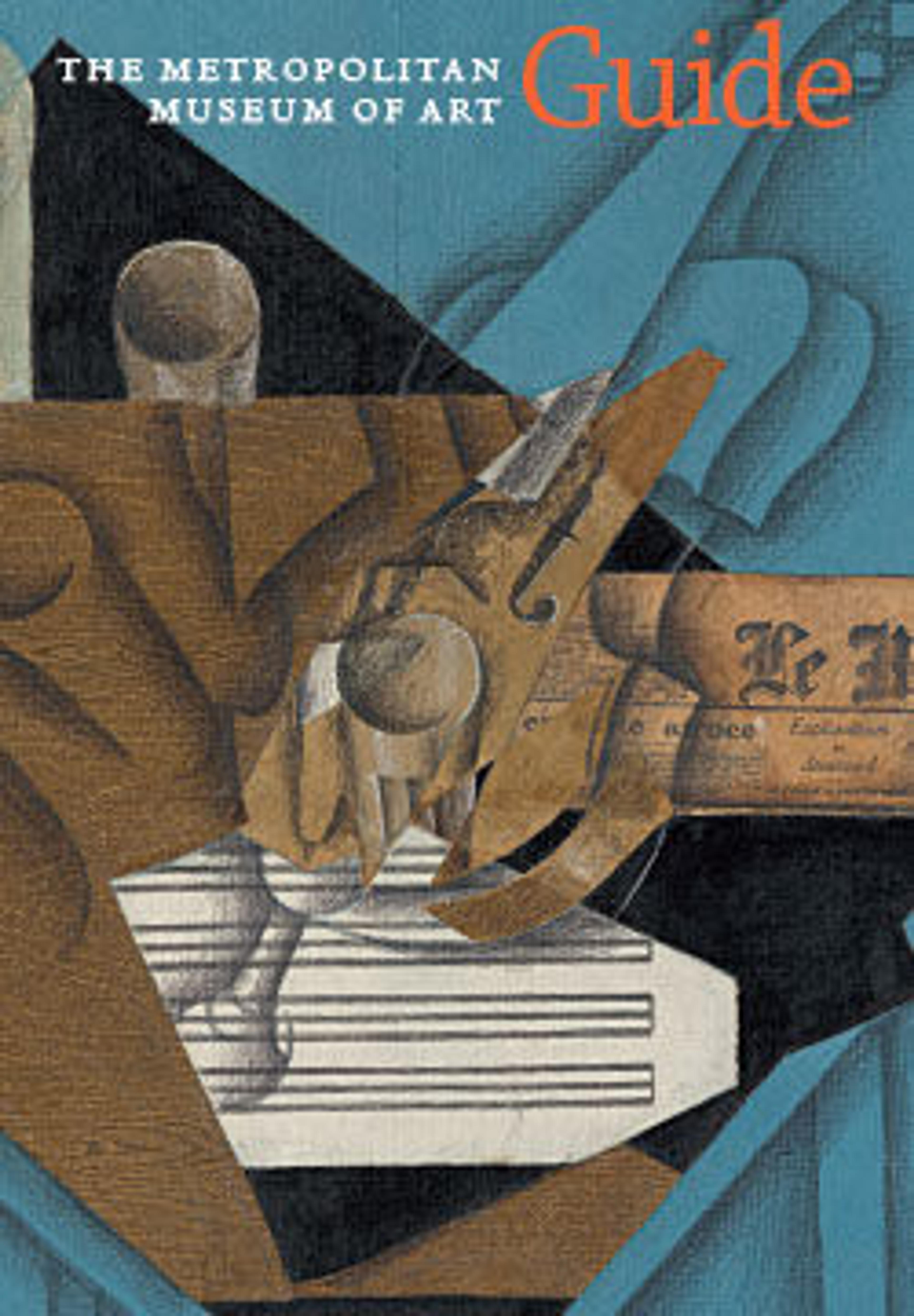English
A Hunting Scene
The oblong shape and erudite subject matter of these paintings suggest they originally functioned as panels in a room intended for study and contemplation. The artist has imagined the early history of humanity unfolding in a landscape setting. In one scene, humans and mythological creatures take advantage of a forest fire to hunt animals. In the second, they transport their spoils ashore. Piero drew his inspiration from the Roman poet and philosopher Lucretius (ca. 99–55 BCE), whose work had been rediscovered in the 1400s. Lucretius believed that the workings of the world could be accounted for by natural rather than divine causes, and he put forward a vision of human history that differed strikingly from biblical accounts.
Artwork Details
- Title: A Hunting Scene
- Artist: Piero di Cosimo (Piero di Lorenzo di Piero d'Antonio) (Italian, Florence 1462–1522 Florence)
- Date: ca. 1494–1500
- Medium: Tempera and oil transferred to Masonite
- Dimensions: 27 3/4 x 66 3/4 in. (70.5 x 169.5 cm)
- Classification: Paintings
- Credit Line: Gift of Robert Gordon, 1875
- Object Number: 75.7.2
- Curatorial Department: European Paintings
Audio
5071. A Hunting Scene
0:00
0:00
We're sorry, the transcript for this audio track is not available at this time. Please email info@metmuseum.org to request a transcript for this track.
More Artwork
Research Resources
The Met provides unparalleled resources for research and welcomes an international community of students and scholars. The Met's Open Access API is where creators and researchers can connect to the The Met collection. Open Access data and public domain images are available for unrestricted commercial and noncommercial use without permission or fee.
To request images under copyright and other restrictions, please use this Image Request form.
Feedback
We continue to research and examine historical and cultural context for objects in The Met collection. If you have comments or questions about this object record, please contact us using the form below. The Museum looks forward to receiving your comments.
